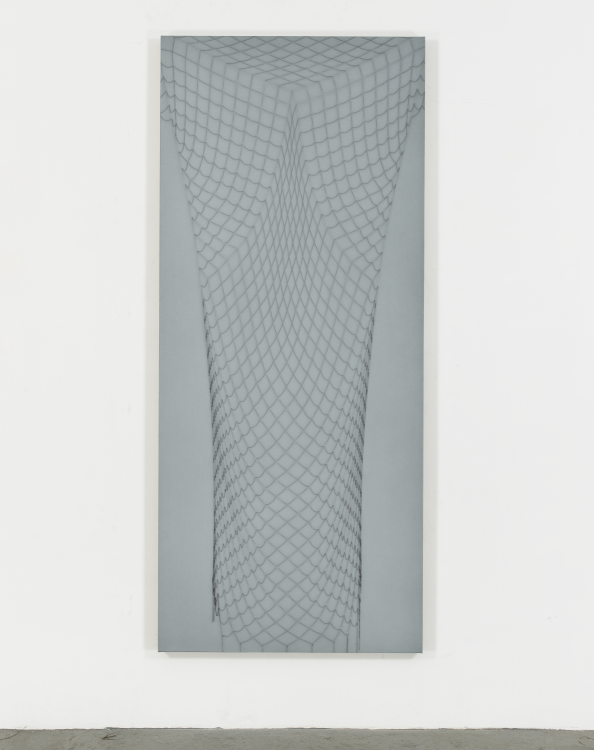ROOM 2
— Weaves, Distances,
— Weaves, Distances,
— Weaves, Distances,
The Atlantic Ocean is the large territory that unites
and separates Brazil and Portugal. It was through
this great liquid body that the first navigators and
Portuguese expatriates arrived to the indigenous
land that today is called Brazil. It was also through
this major sea that the two countries have been
exchanging migratory flows since the 16th century.
The Atlantic lived the intense and radical social,
political, and economical transformations of the
world between the 16th and 21st centuries. An
ocean that witnessed stories of pain, hope, extreme
violence, and extreme resilience. It hosted
domination schemes, escape plans, of fluxes and
refluxes, encounters and reencounters. It was a
path crossed by countless diasporas, the biggest
one being the consequence of slavery and forced
migration: 12 million African people kidnapped to
the Americas and the Caribbean. The Atlantic holds
the physical memory of 2 million enslaved people
that never got to complete the crossing, as they
had their bodies thrown to the sea, dead or alive.

Bove, Carol | Process Yellow | 2012
For some, the Atlantic Ocean meant the horizon of
colonial and imperial expansion. For others, the
major abyss of separation from their homeland. For
many others, it is the familiar abode of their
ancestors since time immemorial. The second
largest and the saltiest of the world’s oceans, it is
also for some the most sacred of the seas, home of
deities, such as orixás, nkisis, and vodun.
For all this complexity, the imaginary that surrounds
the Atlantic is immensely disputed. If the previous
section of the exhibition dealt with the intertwining
of multiple memories in the elastic temporal
dimension, this second part invites a look at
the questions of weaves, distances and
abysses, as a way of nurturing reflections on
the Atlantic. Even if a great part of these
artworks doesn’t deal with this ocean directly,
here, we gather various formal and conceptual
strategies, as well as narratives, that can help
us to imagine the meanings of this body of
water. The question that lingers with us: What
can the memories of the Atlantic Ocean teach
us?
Castro Alves. The Black Ship, 1880.